Home>Gardening & Outdoor>Landscaping Ideas>Why Does Grass Clump When I Mow
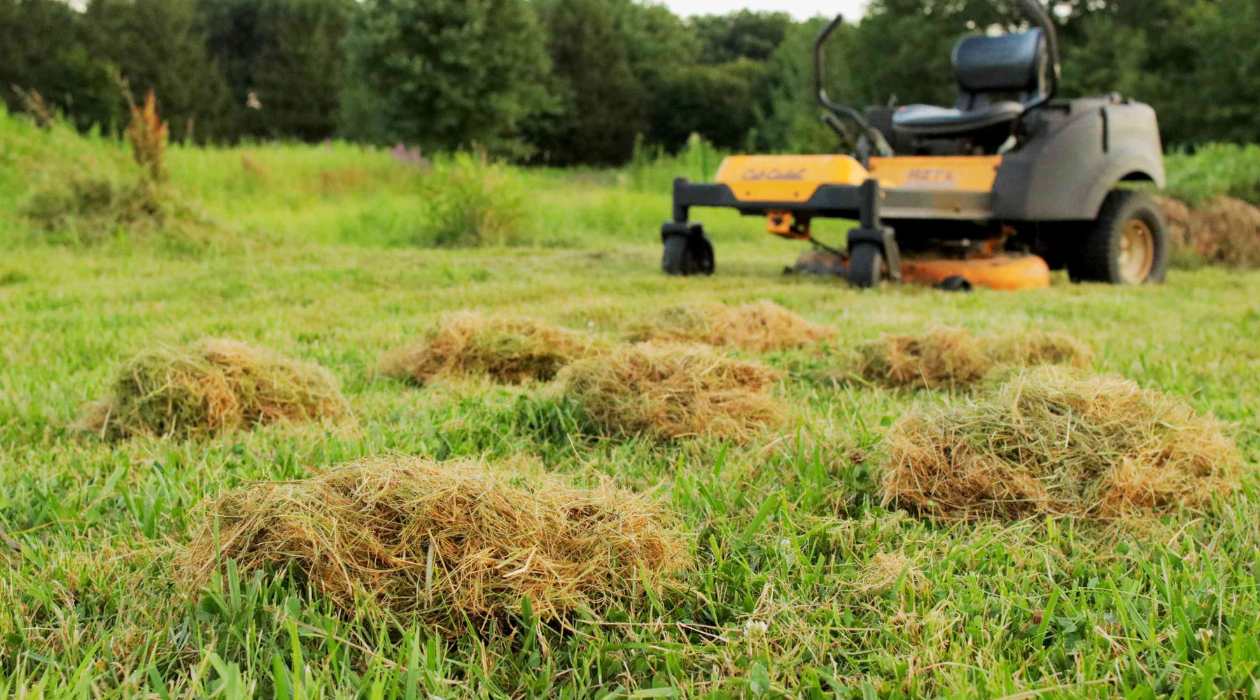

Landscaping Ideas
Why Does Grass Clump When I Mow
Modified: February 18, 2024
Learn why grass clumps when mowing and get landscaping ideas to prevent clumping. Discover tips for a pristine lawn with our expert advice.
(Many of the links in this article redirect to a specific reviewed product. Your purchase of these products through affiliate links helps to generate commission for Storables.com, at no extra cost. Learn more)
Introduction
As you push your lawnmower across the yard, you may have noticed an intriguing phenomenon: clumps of grass accumulating in certain areas. This common occurrence can be perplexing, especially when you strive for a perfectly manicured lawn. Understanding why grass clumps when mowed involves delving into the intricate world of grass growth, mowing techniques, and environmental factors. By unraveling the mysteries behind this phenomenon, you can optimize your lawn care practices and achieve a lush, uniform expanse of greenery.
Key Takeaways:
- Grass clumps when mowed due to factors like grass growth patterns, mowing height, and environmental conditions. Understanding these factors helps minimize clumping and maintain a pristine lawn.
- Mowing at the right height, using sharp blades, and considering environmental factors like moisture and lawn density can reduce grass clumping. Implementing these strategies leads to a cleaner, well-manicured lawn.
Read more: Why Is My Grass Clumping When Mowing
Grass Growth and Structure
To comprehend why grass clumps when mowed, it’s essential to grasp the intricacies of grass growth and structure. Each blade of grass is composed of various components, including the leaf blade, stem, and root system. The leaf blade, the most visible part of the grass, is responsible for photosynthesis, the process through which plants convert light energy into chemical energy to fuel their growth.
Grass grows from the base of the blade, where the stem and root system meet. As new growth emerges, the older blades continue to photosynthesize, contributing to the overall vitality of the grass. However, as the grass matures, the lower sections of the blades become increasingly fibrous and rigid, particularly in certain grass species.
Additionally, the growth habit of grass plays a significant role in how it responds to mowing. Grass species exhibit various growth patterns, such as bunch-type growth or spreading via stolons or rhizomes. Bunch-type grasses, including many popular turfgrasses like fescue and ryegrass, naturally grow in clumps, with new shoots emerging from the base of existing stems.
When mowing such grasses, the inherent clumping growth habit can become more pronounced, especially if the mower blades are not properly adjusted or the grass is too long. The combination of mature, fibrous lower blades and the natural growth pattern of the grass can contribute to the formation of unsightly clumps after mowing.
Mowing Techniques
Effective mowing techniques play a pivotal role in minimizing the formation of grass clumps. One of the most crucial factors to consider is the height at which you mow your grass. Mowing at the appropriate height not only promotes a healthier lawn but also reduces the likelihood of clumping. When grass is cut too short, it can place stress on the plants, inhibiting their ability to recover and leading to an uneven mowing result.
Furthermore, maintaining sharp mower blades is essential for a clean cut. Dull blades can tear the grass, creating ragged edges that are more prone to clumping. Regularly inspecting and sharpening the mower blades can significantly improve the overall mowing performance and the appearance of the lawn.
Another aspect to consider is the mowing pattern. Alternating the direction in which you mow can help prevent the accumulation of clippings in specific areas. Additionally, using a mulching mower or attaching a mulching blade can finely chop the clippings and disperse them back onto the lawn. This not only reduces clumping but also returns valuable nutrients to the soil as the clippings decompose.
It’s also important to avoid mowing wet grass, as this can exacerbate clumping. Wet grass tends to clump together more readily than dry grass, resulting in uneven distribution of clippings across the lawn.
Lastly, adjusting the mowing frequency based on the grass growth rate can also impact clumping. Mowing too much grass at once can overwhelm the mower’s ability to effectively disperse the clippings, leading to clumping. Regular, consistent mowing can help manage the clippings and prevent them from accumulating in unsightly clumps.
To prevent grass clumping when mowing, try mowing when the grass is dry, using a sharp blade, and mowing more frequently to avoid cutting too much at once.
Environmental Factors
Environmental factors, such as weather conditions and soil moisture, can significantly influence the tendency of grass to clump when mowed. One of the primary considerations is the moisture content of the grass. Mowing wet grass, whether due to morning dew or recent rainfall, can lead to clumping. The moisture causes the grass clippings to stick together, impeding their dispersion across the lawn.
Moreover, the overall health of the lawn can impact clumping tendencies. Well-fertilized and adequately watered lawns are generally more resilient and less prone to clumping. Healthy, vigorously growing grass can better withstand mowing and recover more efficiently, reducing the likelihood of clumps forming.
Furthermore, the density of the grass can influence clumping. Densely packed grass can trap clippings within the canopy, particularly if the mower blades are not adjusted to lift the grass for a clean cut. Aerating the lawn to alleviate compaction and improve air circulation within the grass canopy can help mitigate clumping issues.
Additionally, the presence of thatch, a layer of dead grass and organic matter that accumulates above the soil, can contribute to clumping. Excessive thatch can impede the proper dispersion of clippings and hinder their decomposition, leading to clumps on the lawn surface. Dethatching the lawn as part of regular lawn maintenance can help minimize clumping and promote a healthier lawn overall.
Lastly, the type of grass species in the lawn can also influence clumping tendencies. Some grass varieties are inherently more prone to clumping due to their growth habits and physical characteristics. Understanding the specific traits of the grass species in your lawn can guide you in implementing targeted strategies to reduce clumping and maintain a pristine lawn appearance.
Conclusion
Grass clumping when mowed is a common occurrence that can be attributed to a combination of factors related to grass growth, mowing techniques, and environmental conditions. By understanding the intricate dynamics at play, you can implement strategies to minimize clumping and achieve a well-manicured lawn.
Appreciating the growth habits and structure of the grass species in your lawn is essential for tailoring your mowing practices to minimize clumping. Adjusting the mowing height, maintaining sharp blades, and employing a mulching mower can all contribute to a cleaner mowing result with reduced clumping.
Environmental factors, such as moisture content, lawn density, and the presence of thatch, also influence clumping tendencies. By addressing these factors through proper lawn care practices, including aeration, dethatching, and attentive maintenance, you can mitigate clumping and promote a healthier, more resilient lawn.
Ultimately, the quest for a clump-free lawn involves a holistic approach that encompasses understanding the intricacies of grass growth, employing effective mowing techniques, and maintaining optimal environmental conditions. By integrating these insights into your lawn care routine, you can bid farewell to unsightly clumps and revel in the beauty of a meticulously groomed, lush green expanse.
Frequently Asked Questions about Why Does Grass Clump When I Mow
Was this page helpful?
At Storables.com, we guarantee accurate and reliable information. Our content, validated by Expert Board Contributors, is crafted following stringent Editorial Policies. We're committed to providing you with well-researched, expert-backed insights for all your informational needs.
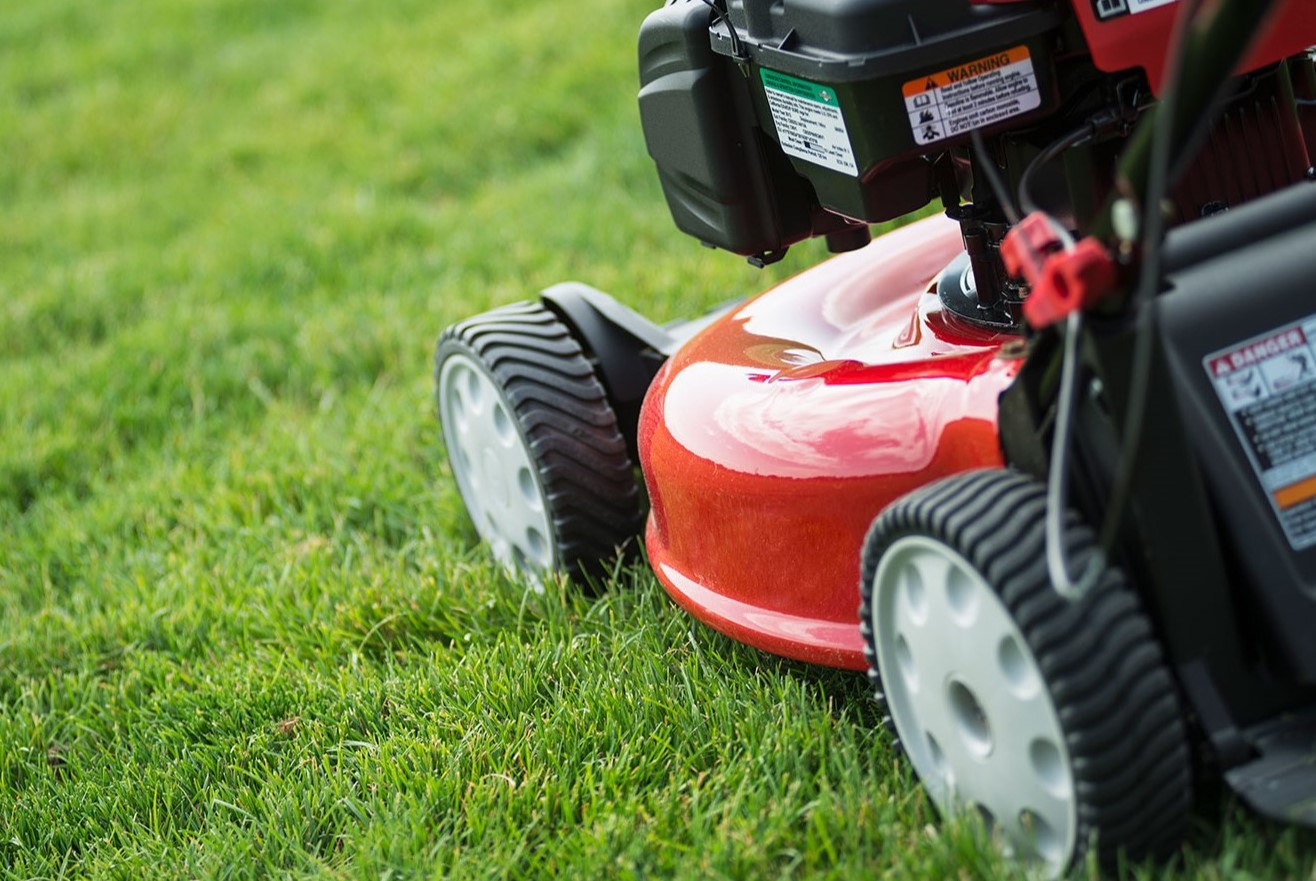
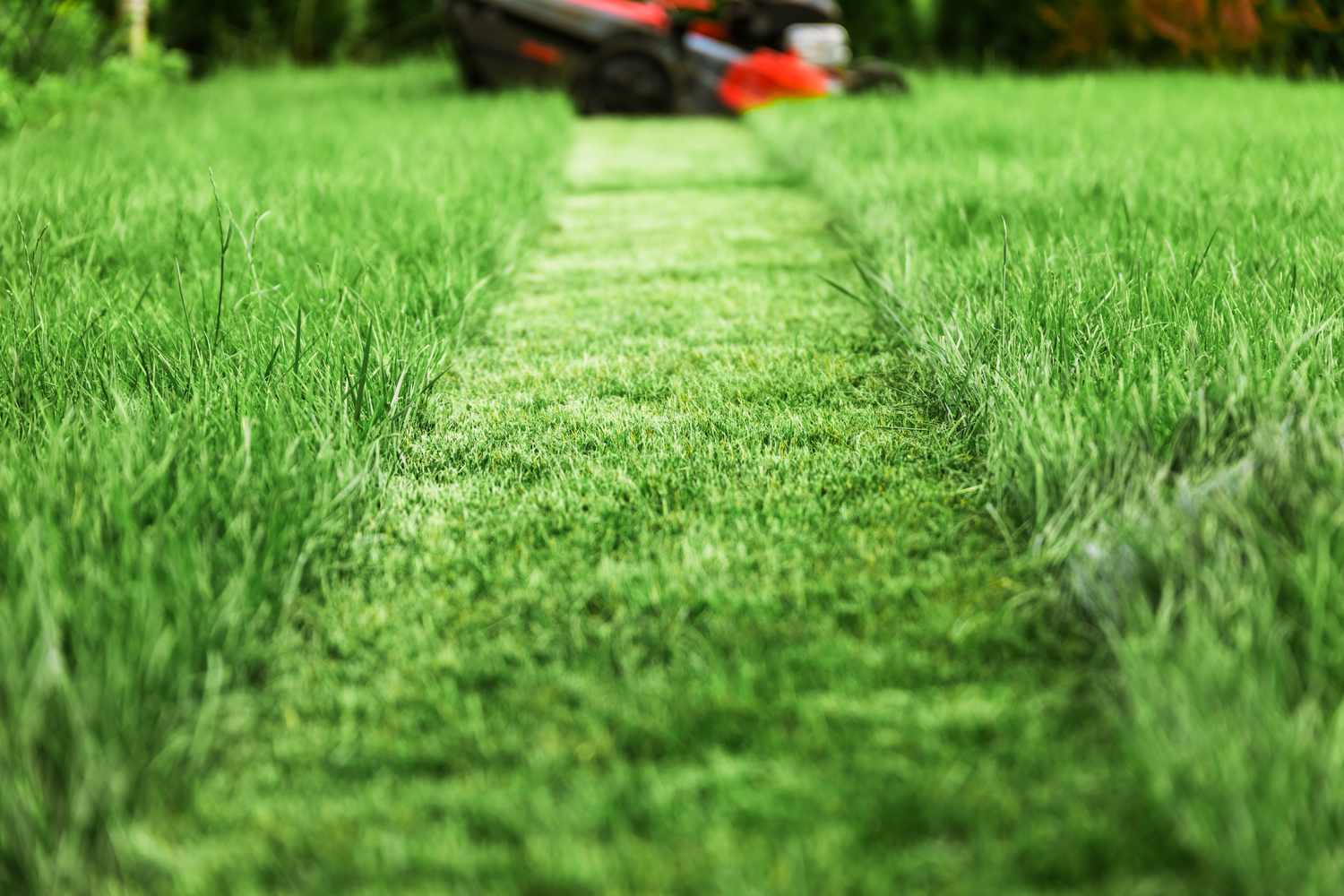
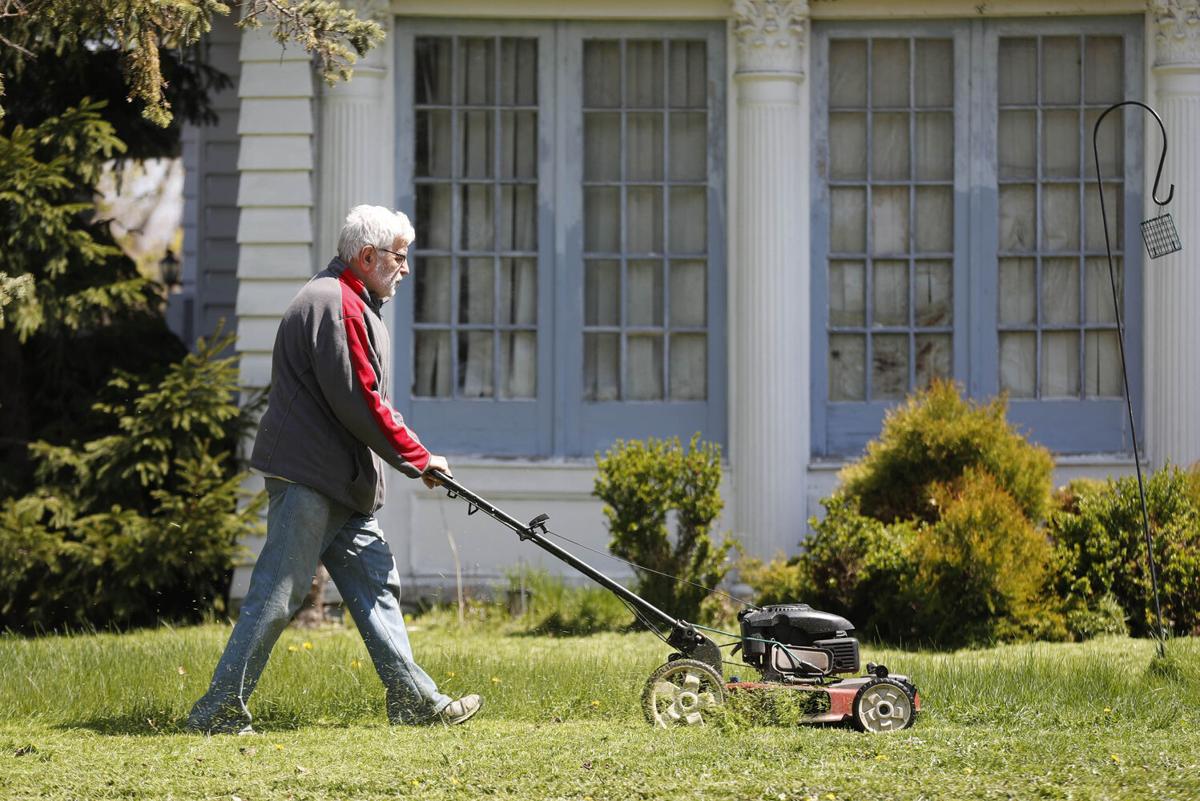
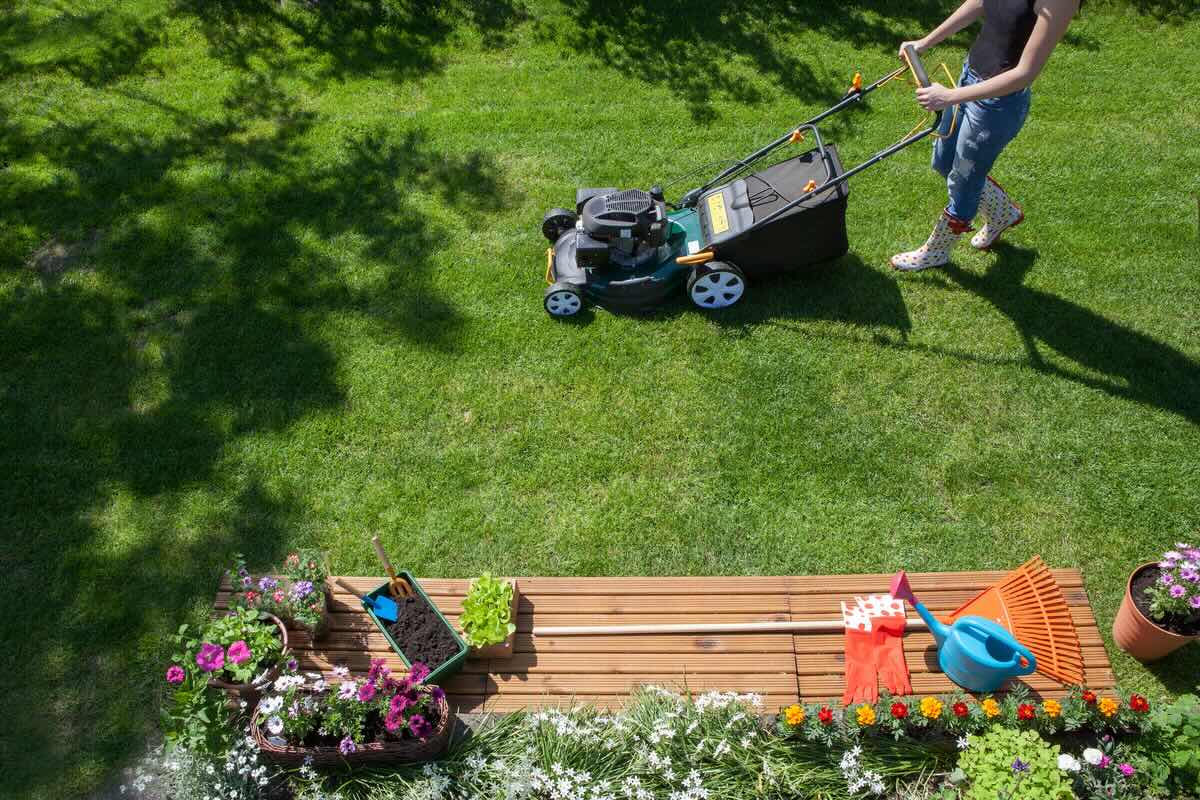
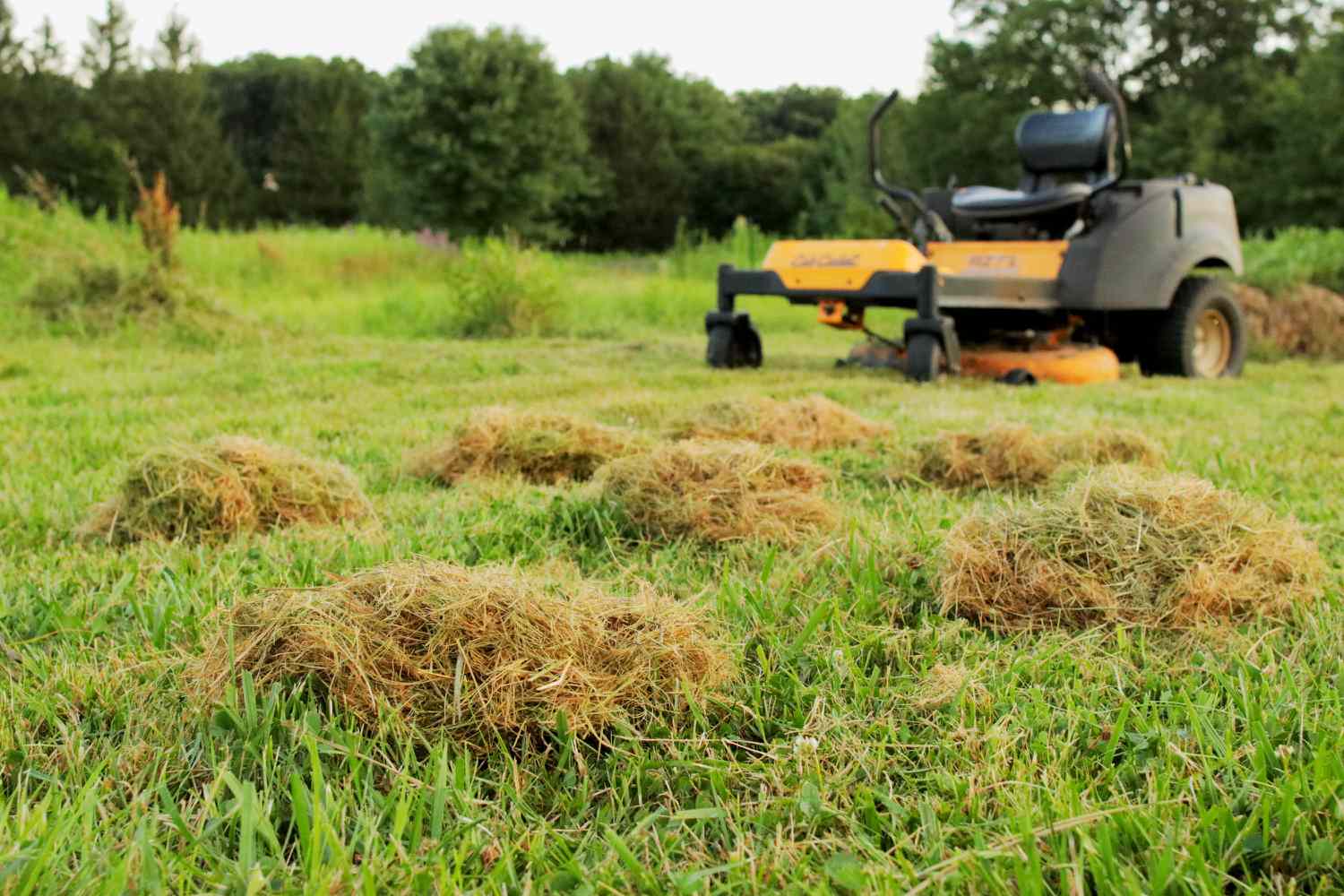
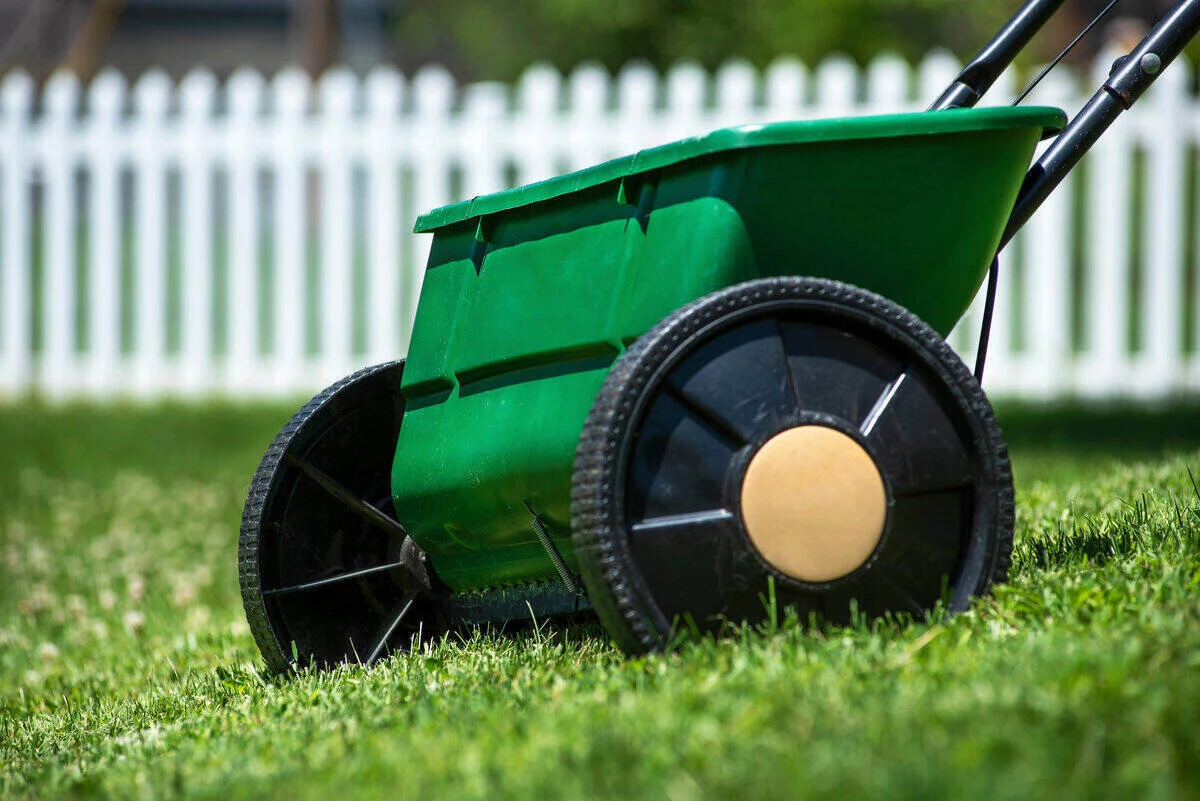
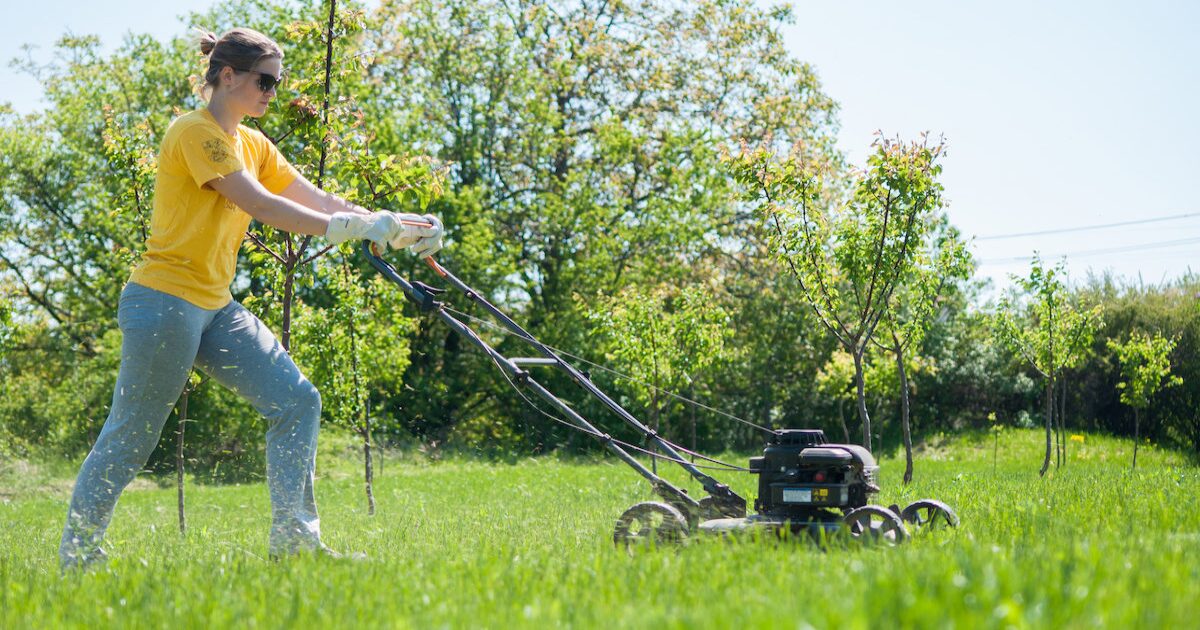

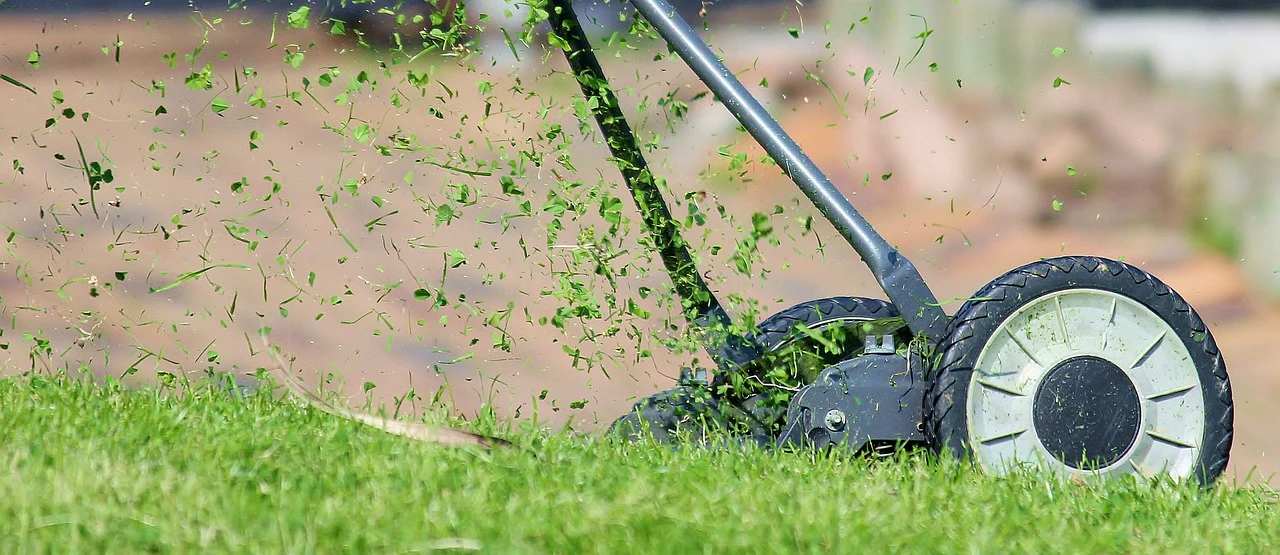
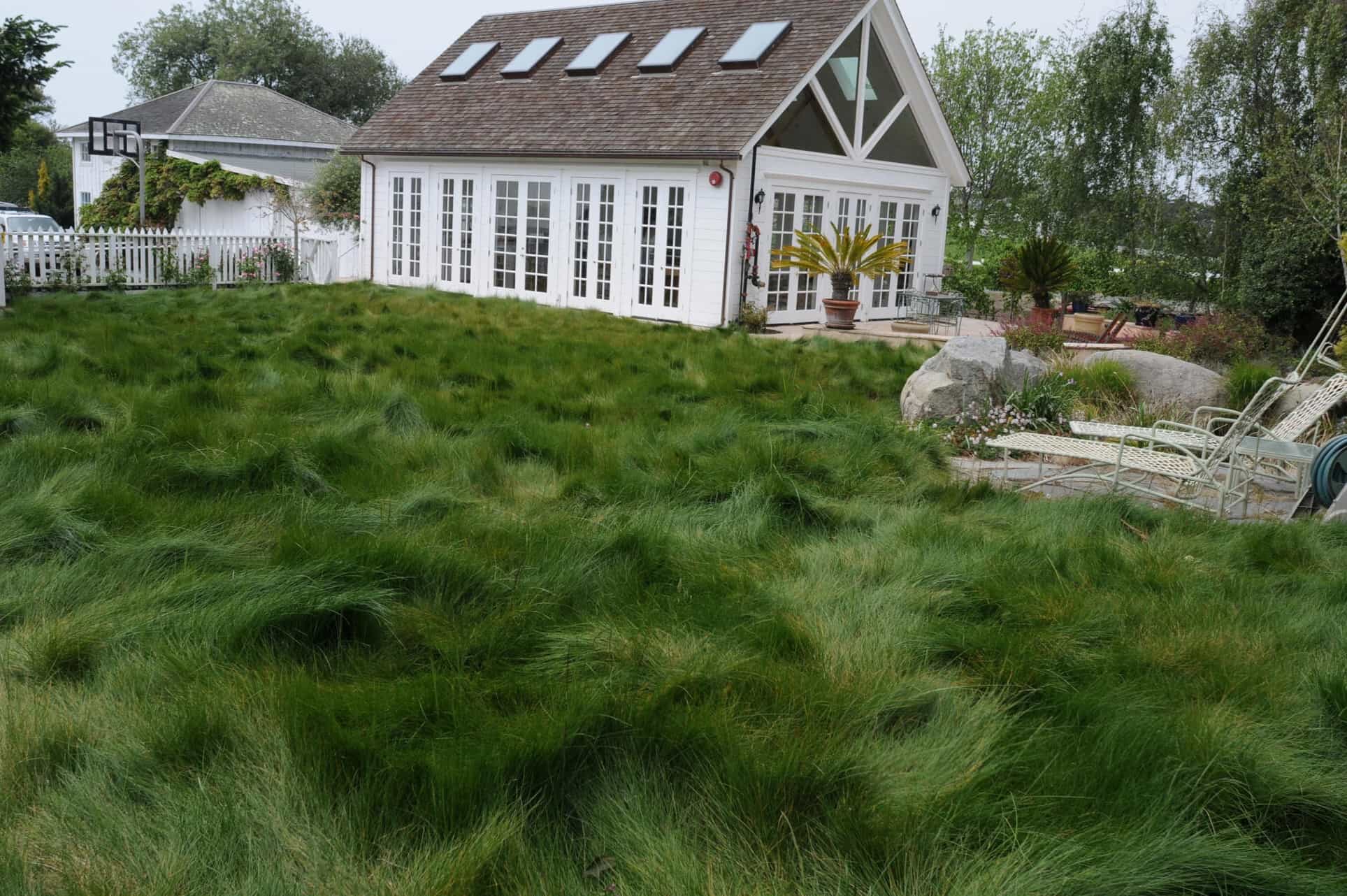
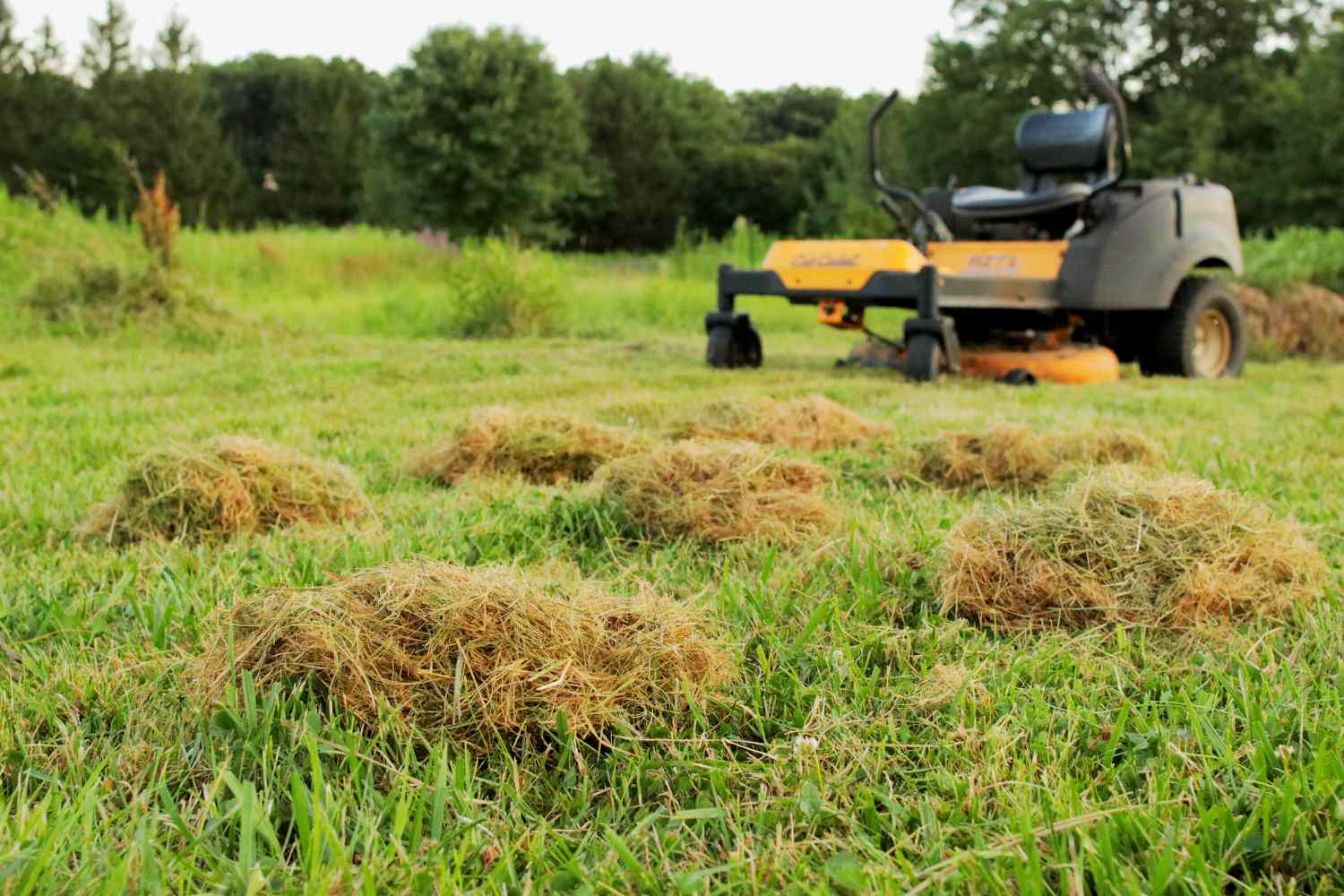
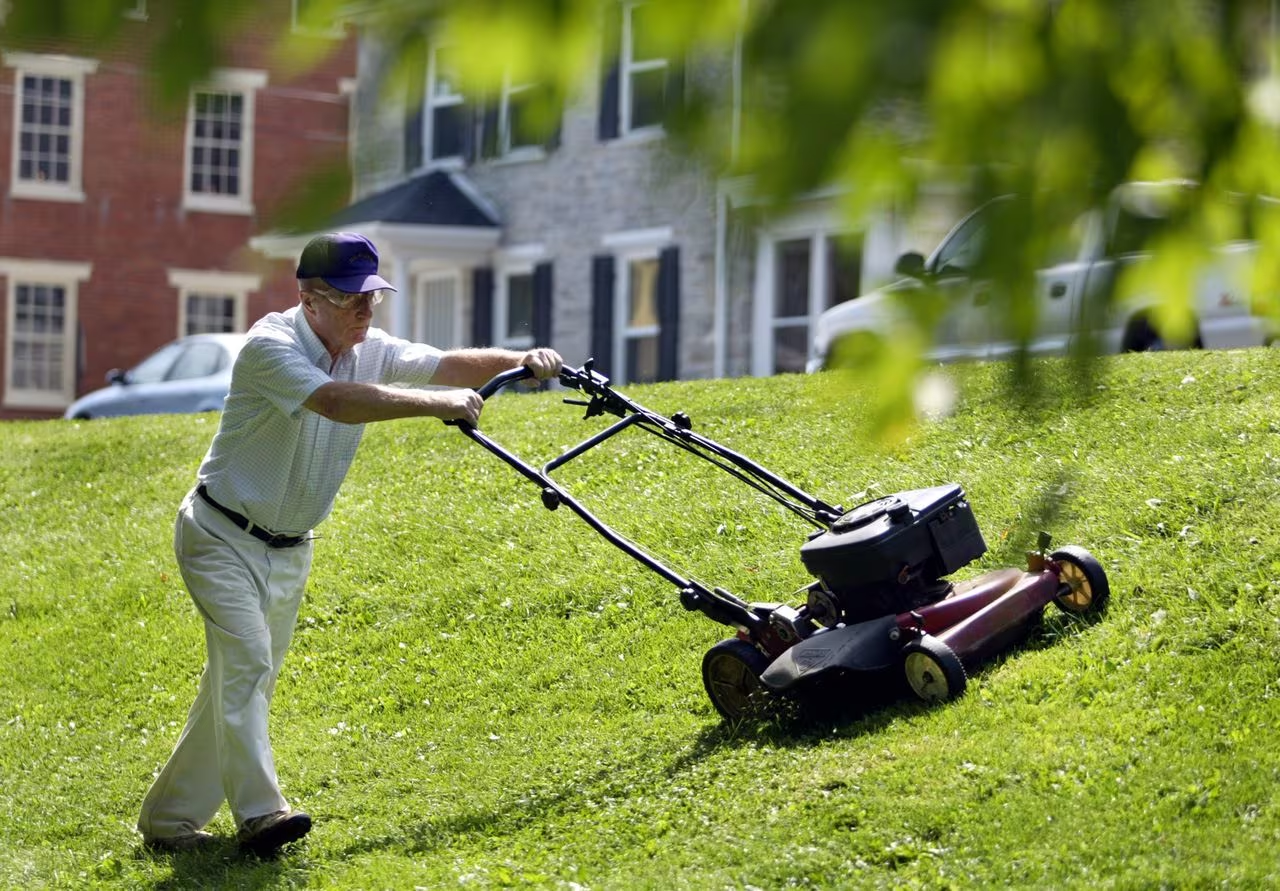
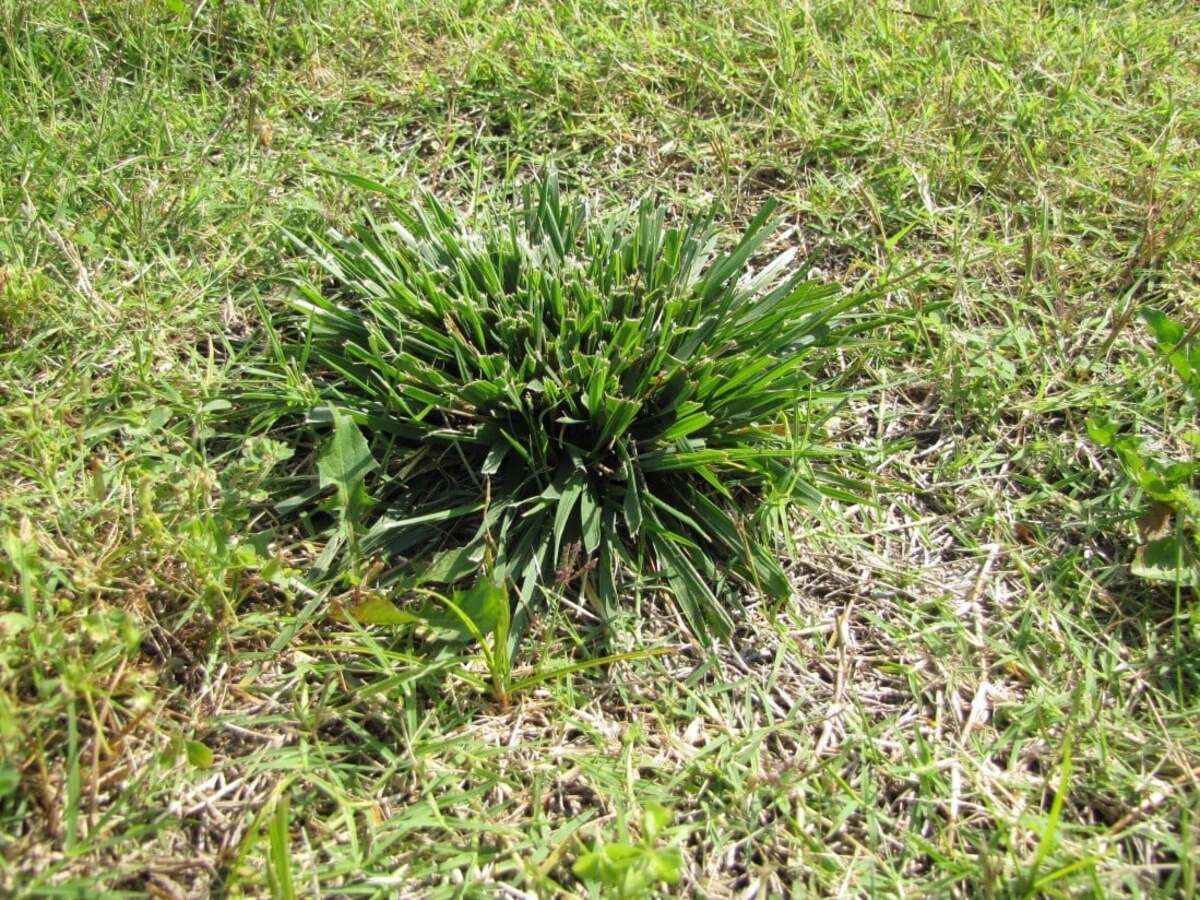
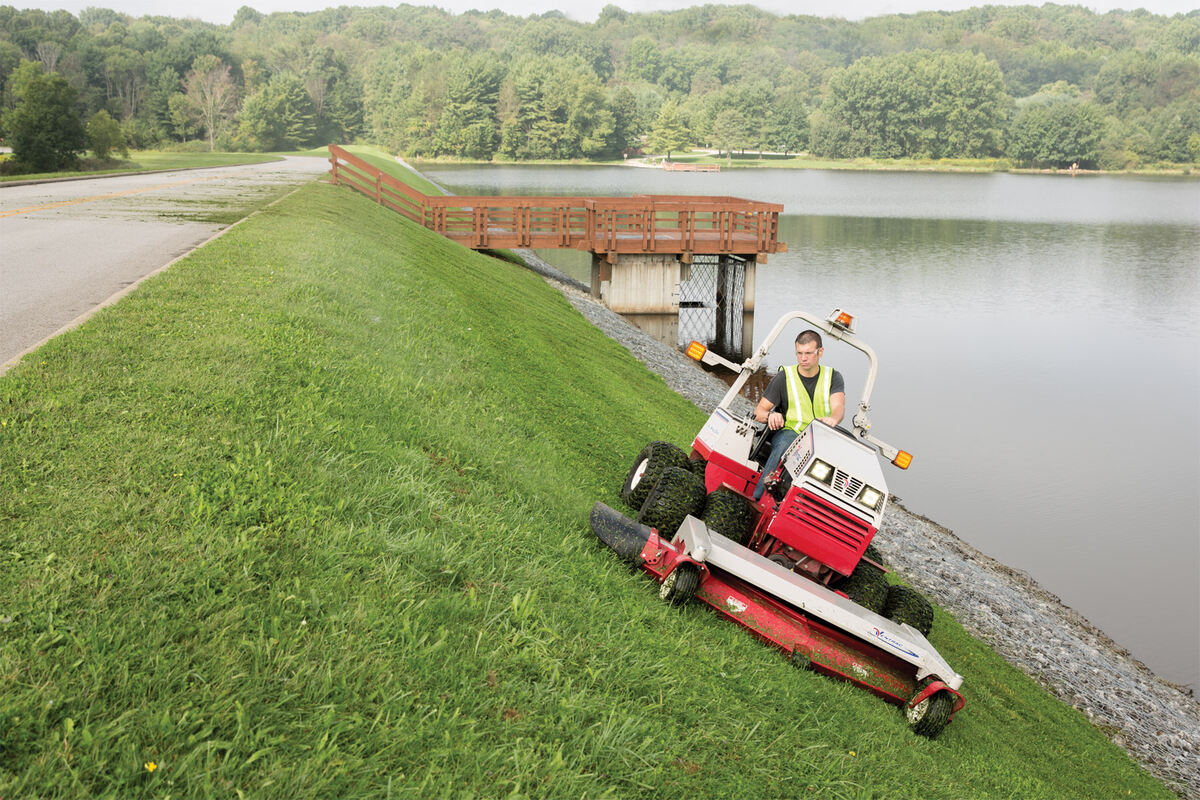
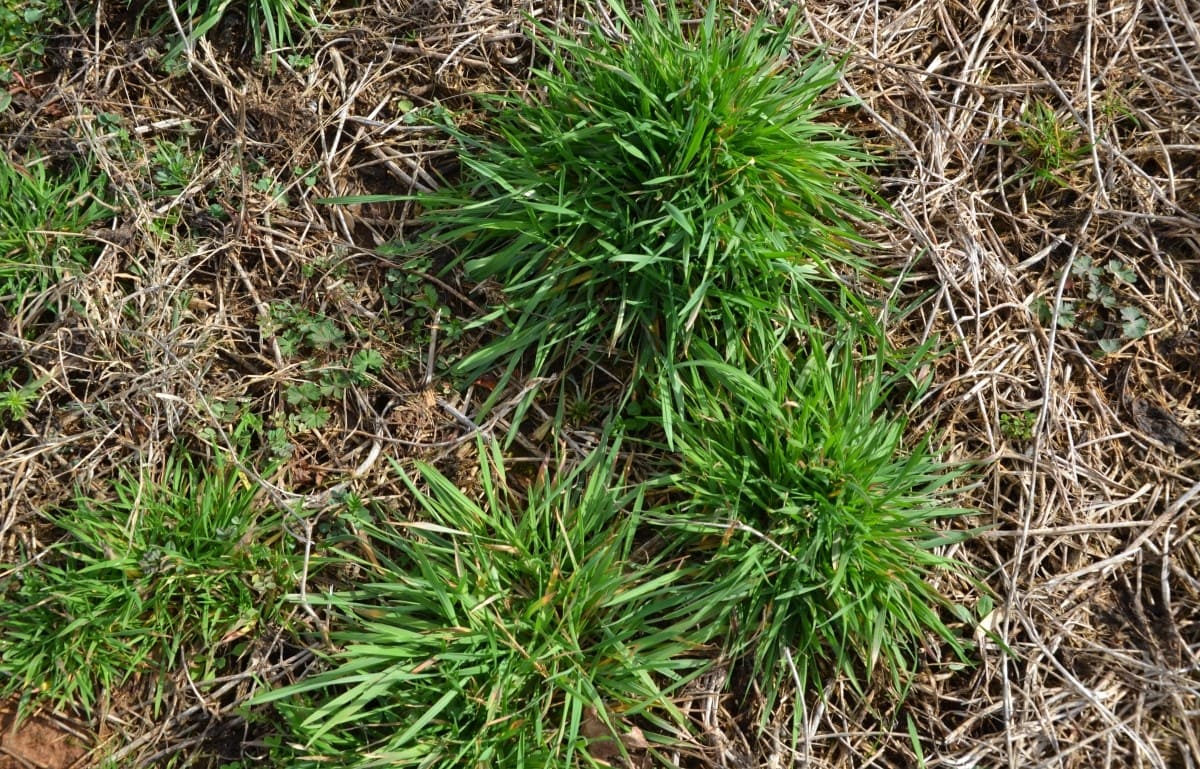

0 thoughts on “Why Does Grass Clump When I Mow”